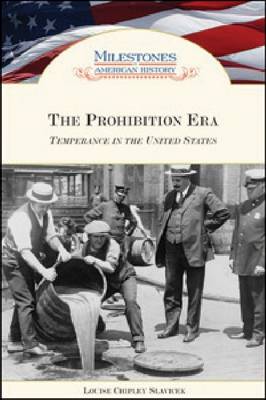Milestones in American History
2 total works
Prohibition Era, The: Temperance in the United States. Milestones in American History.
by Louise Chipley Slavicek
Published 1 January 2009
With the ratification of the Eighteenth Amendment to the Constitution in 1920, the United States became a 'dry' nation. For the next 13 years, a period now known as Prohibition, the amendment forbade Americans from manufacturing, selling, or transporting alcoholic beverages until its repeal in 1933. In 1920, Prohibition's supporters had confidently looked forward to a bright new era of stronger families, lower crime rates, and increased industrial productivity.Yet, their great social experiment was to prove virtually impossible to enforce. Consequently, although per capita alcohol consumption among Americans declined between 1920 and 1933, tens of millions of citizens, including an unprecedented number of women, imbibed regularly throughout the Prohibition years, swilling gallons of 'bootleg' liquor smuggled in from abroad or concocted in illegal stills. ""The Prohibition Era"" examines the social, political, and economic factors that led to the banning of alcohol and its eventual reinstatement as a legal beverage.

